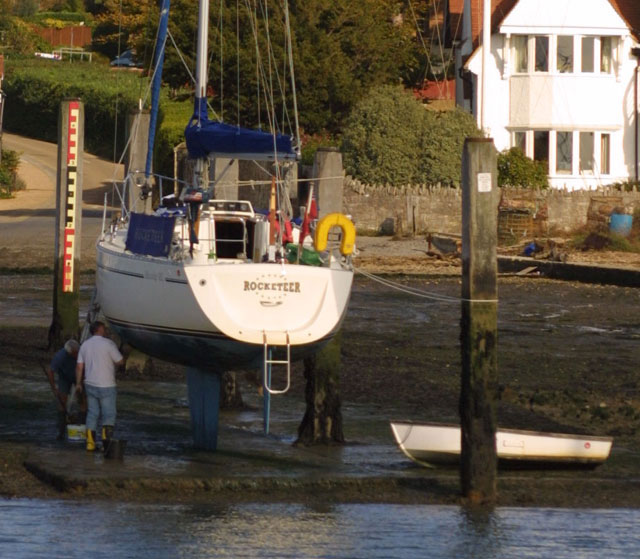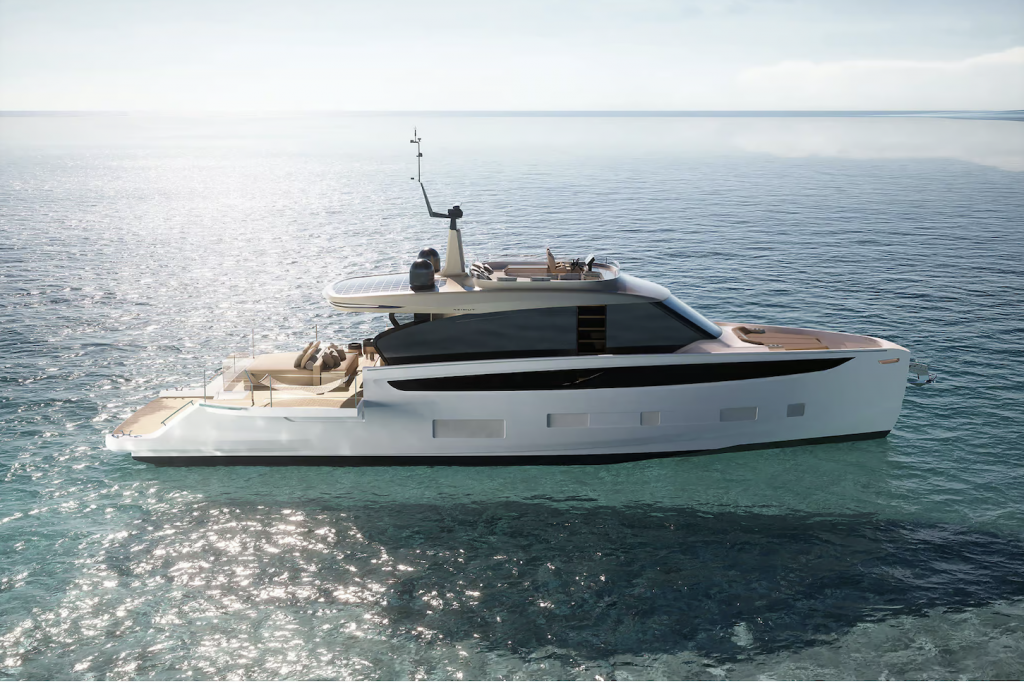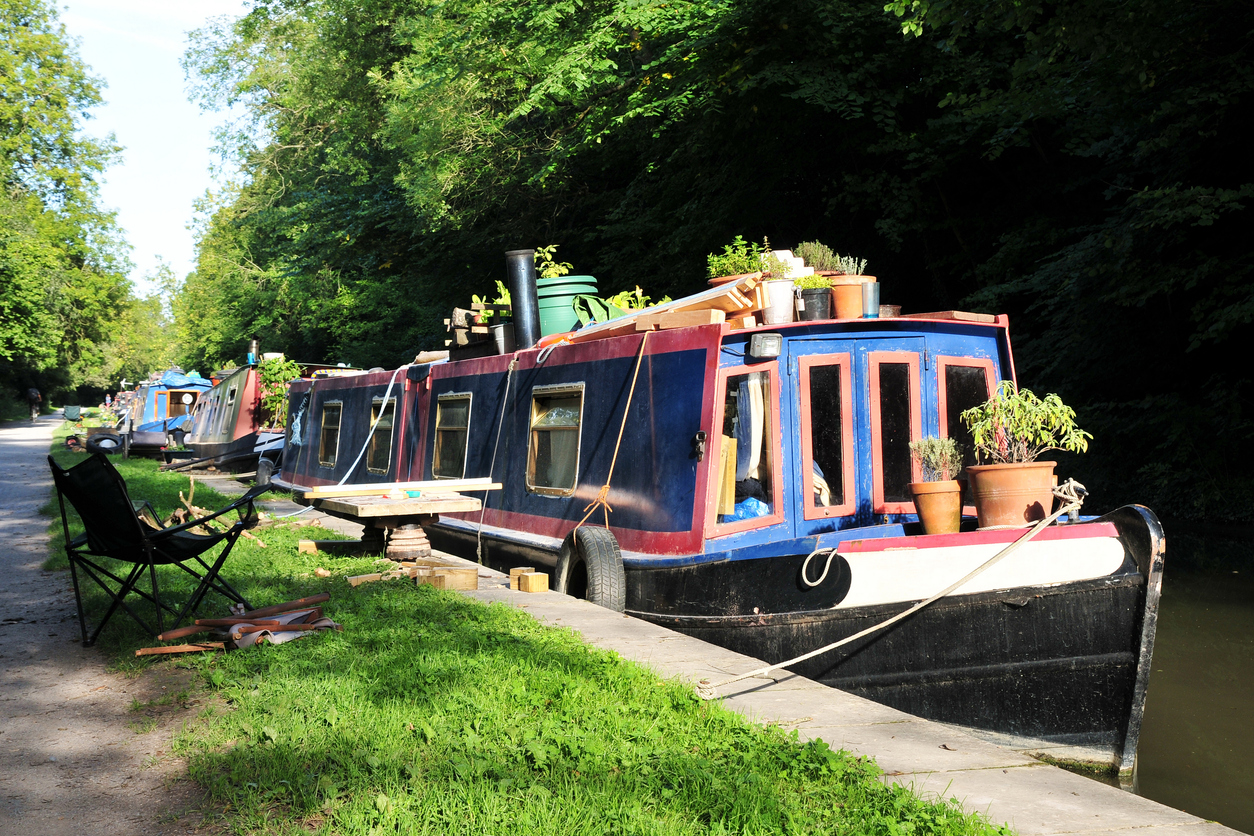Buying a kayak for the first time can be a daunting experience with so many varieties on offer. Before rushing into making any decisions, you need to understand the different types on the market, what they offer and what will suit your needs best.
Read our guide to finding your ideal kayak and browse a wide variety of vessels
here.
...
var cpo = []; cpo["_object"] ="cp_widget_e380d569-1ae6-4c22-bb1d-312d1fcd56da"; cpo["_fid"] = "AoGA5zLg2ugD";
var _cpmp = _cpmp || []; _cpmp.push(cpo);
(function() { var cp = document.createElement("script"); cp.type = "text/javascript";
cp.async = true; cp.src = "//www.cincopa.com/media-platform/runtime/libasync.js";
var c = document.getElementsByTagName("script")[0];
c.parentNode.insertBefore(cp, c); })(); Powered by Cincopa Video Streaming Hosting solution.New Gallery 2014/7/2height 422width 636originaldate 1/1/0001 6:00:00 AMheight 322width 450originaldate 1/1/0001 6:00:00 AMheight 300width 450originaldate 1/1/0001 6:00:00 AMheight 338width 375originaldate 1/1/0001 6:00:00 AM
There is often confusion over the difference between a kayak and a canoe. In a canoe you should use a single bladed paddle and kneel facing forward. In a kayak you use a double bladed paddle and sit with your legs facing forward. Kayaking is a great way to get out on the water without breaking the bank.
The invention of the kayak is often attributed to the Inuit and Aleut tribes of Arctic North America. These early vessels were commonly made in two different fashions; either made from light driftwood or made from animal skin stretched over a whalebone frame. Whale fat was also commonly used as a waterproofing agent. The word ‘kayak’ means "hunter's boat”, as this was their original main purpose.
The kayak found popularity in Europe in the mid-1800s, particularly in France and Germany where it took form as a sport. The sport was fully recognised in 1936 at the Berlin Olympics, which helped launch the sport internationally. Since then the sport of kayaking has evolved into many different disciplines, with today’s Olympic Games including over 10 different white-water kayak events.
The design and manufacture of kayaks has come a long way since those made by Inuit and Aleut tribes, but modern kayaks can be separated into 3 main categories:
+ Hard sided or rigid kayaks
+ Inflatable kayaks
+ Collapsible kayaks
Hard Sided Kayaks or Rigid Kayaks
These are made traditionally from wood, but now take their form in fibreglass, metal and plastic. Although wooden kayaks are often considered the most elegant, the amount of maintenance they require can turn many buyers off.
Plastic kayaks are nowadays the most common and cheapest of rigid kayaks available. They are therefore considered ideal when buying your first kayak, and they rarely need maintenance. However, although they are hard to seriously damage, plastic is often heavier than other materials and expensive to repair if damaged.
Fiberglass is another common material used in rigid kayaks because of its lightweight properties and its simplicity to repair. Fiberglass kayaks tend to be more expensive but they offer a more comfortable experience on the water for the price.
Collapsible Kayaks
These are commonly made from fabric stretched over a metal or wood frame which can be folded away. Because of the mechanisms involved, collapsible kayaks tend to be more expensive, but with a higher price tag comes durability.
Inflatable Kayaks
These are the top choice for many first time kayak buyers. Although they may appear less durable than other kayaks, a top-of-the-range inflatable kayak can be bought for a similar price as an entry level collapsible kayak. Their biggest asset is their portability and a wide variety of designs for different types of kayak activities.
The pros and cons between different types of kayak can be hotly contested, but the type you choose should be purely influenced by the activity you plan to use it for. Although inflatable kayaks may appear to be the easiest to damage, some models can be the best on the market in white water rapids. The best decision you can make is to buy a kayak that is designed with your needs and lifestyle in mind.
Article by Jack Bartrop




